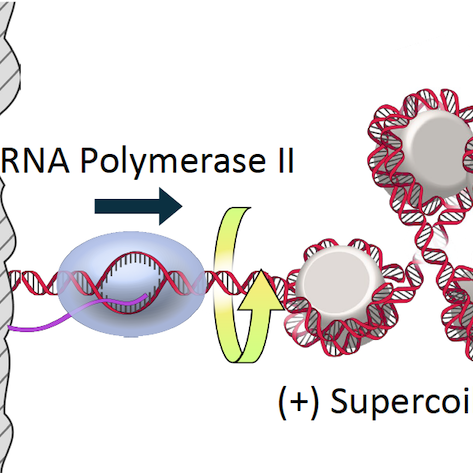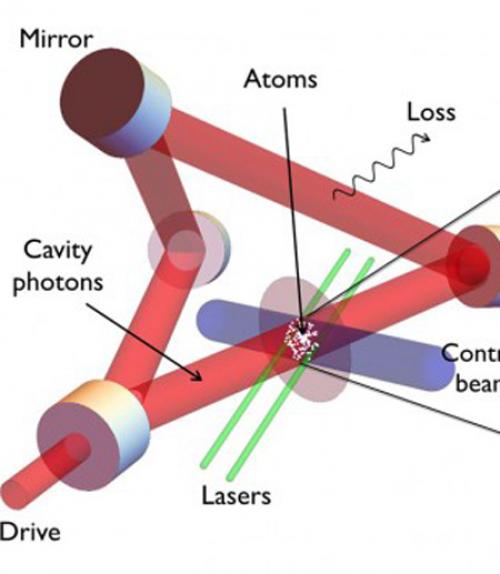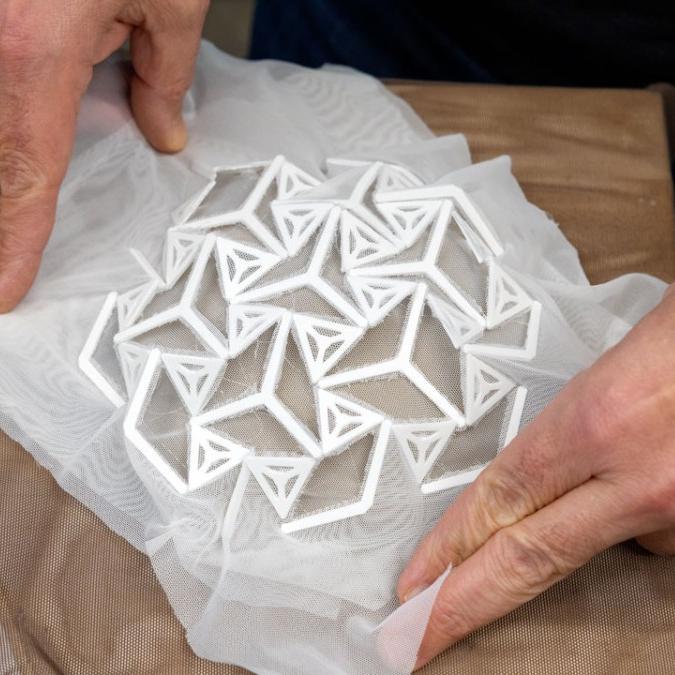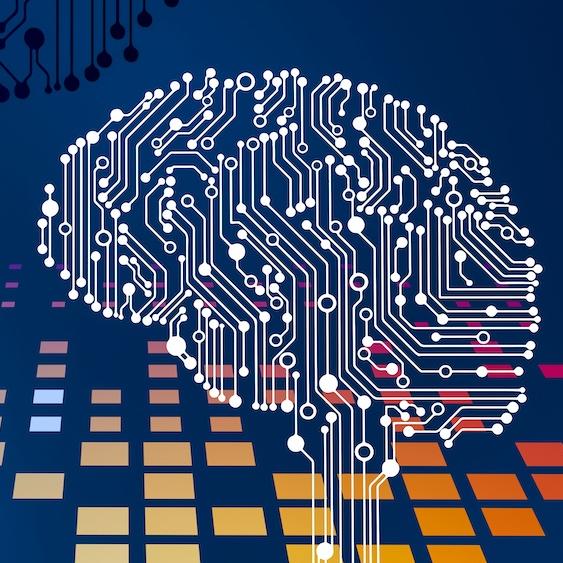
 Department Homepage
The College of Arts & Sciences
Department Homepage
The College of Arts & Sciences
Researchers pave an enlightened path to anyons and quantum computation
Their work provides a blueprint for future work involving other types of anyons and more complicated quantum states.




